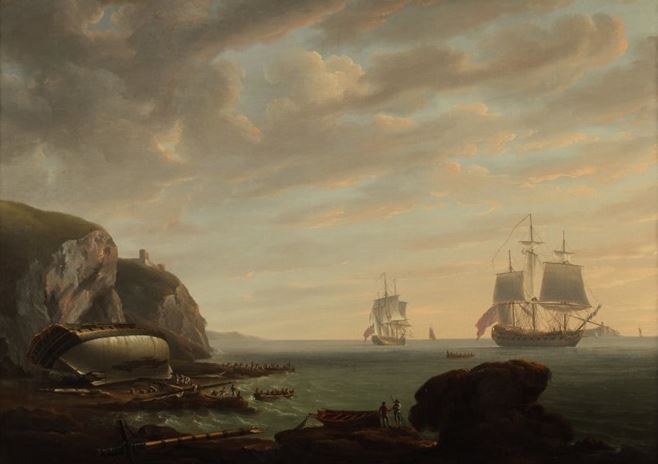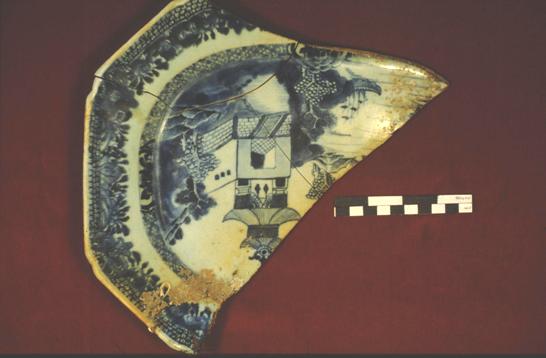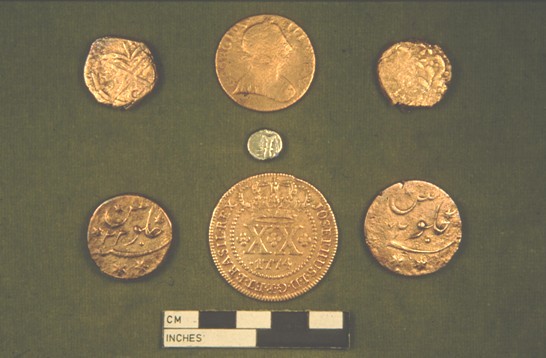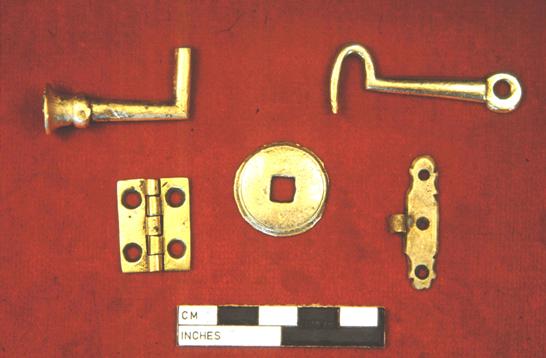HMS Crocodile 1784
N50 12.081 W3 43.391

The above painting by Nicholas-Pocock (1740-1821) depicts the wrecking of HMS Crocodile on Prawle Point.
Built in Portsmouth dockyard in 1781 the Crocodile was a 114 ft long 24 gun Royal Navy sixth rate Frigate. The middle of the 18th century saw the introduction of a new fifth/Sixth -rate type, the classic frigate, with no ports on the lower deck, and the main battery disposed solely on the upper deck, where it could be fought in all weathers. Until the middle of the 18th century these size ships did not have a rating and were called “Post Ship” Post ship was a designation used in the Royal Navy, during the early century and the Napoleonic Wars, to describe a ship of the sixth that was smaller than a frigate of the time (in practice, carrying fewer than 28 guns), but by virtue of being a rated ship (with at least 20 guns), had to have as its captain a post captain rather than a lieutenant or commander. Thus ships with 20 to 26 guns were post ships, though this situation changed after 1817.
With a crew of 170 and commanded by Captain Williamfon, the Crocodile left Bombay, India on 14th January 1784 with dispatched including one on an account of an engagement between Sir Edward Hughs and the French at Cannonore, “where the French had great losses and the British gained an immense quantity of treasure”.
On her homeward journey via St Helena, she was with the “HMS Rodney”, Royal Henry, Worcester, and East Indiaman “Dutton”. When they entered the English Channel they encountered thick fog and at half past two in the morning of the 9th May 1784, hit the rocks at Prawle Point. All the crew were saved as well as the despatches that were delivered to the “East India House” in London.
The wreck is very scattered and some of it lays amongst the remains of the wreck of the “Heye-P” and the “De Boot”. She was extensively salvaged at the time and most of her cannon removed. Artefacts found are iron cannon, copper pins bearing the admiralty marks, barbed nails and a pan weight with the figure 14 engraved into it. Also amongst the wreckage was a sounding weight.
The wreck was found by local Diver Terry Crocker who also owns her.
Terry took the following images of some of the artifacts recovered from the wreck:


